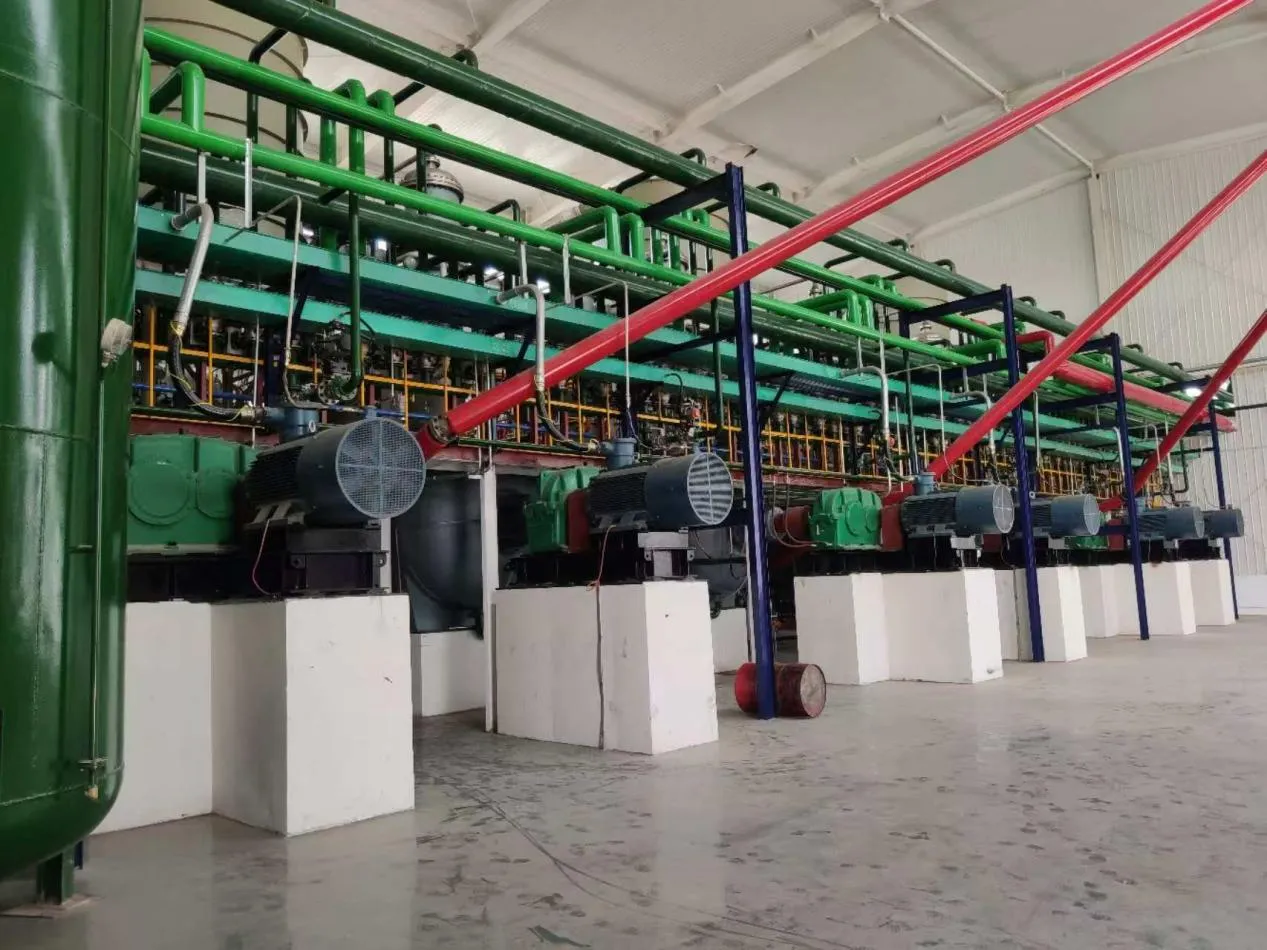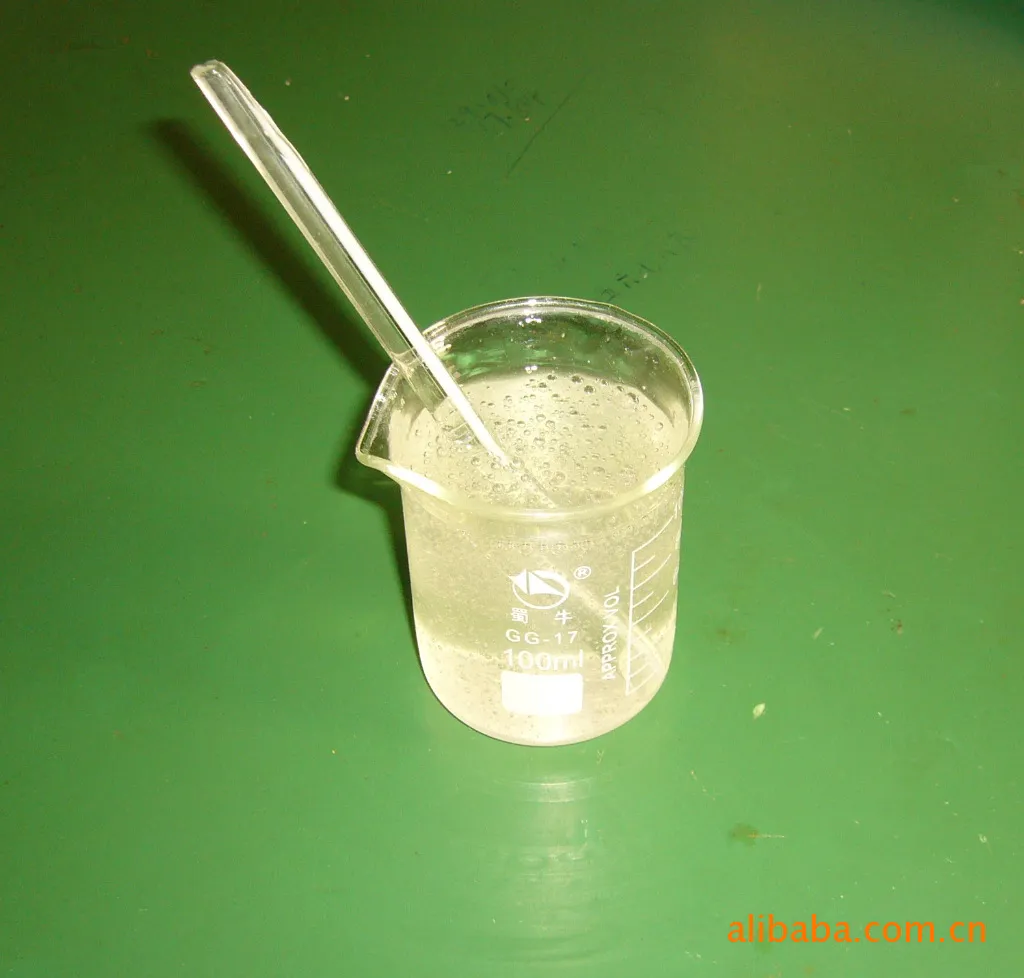
HPMC Types Properties and Industrial Applications
HPMC, or Hydroxypropyl Methyl Cellulose, is a versatile cellulose derivative widely used in pharmaceuticals, construction, food, and industrial applications. Its unique combination of water solubility, HPMC viscoelastic behavior, and film-forming ability makes it ideal for applications ranging from Chất làm đặc HPMC in formulations to HPMC tile adhesive in construction. This article explores HPMC types, viscosity grades, structural characteristics, industrial applications, and practical considerations for gel preparation and usage.

HPMC Types, Structure, and Viscosity
HPMC types vary according to molecular substitution, viscosity, and intended application. Choosing the appropriate grade is critical for achieving desired performance in pharmaceutical, food, or construction products.
Structural Characteristics
Các HPMC structure consists of a cellulose backbone with hydroxypropyl and methyl ether substitutions, providing water solubility, stability, and film-forming properties.
HPMC vegetable cellulose is a plant-derived, vegan-friendly polymer, often labeled as HPMC vegan.
The chemical modification confers unique rheological properties, including HPMC viscoelastic behavior and temperature sensitivity (HPMC Tg, or glass transition temperature).
Viscosity and Grades
HPMC viscosity determines its application in tablets, gels, coatings, and construction adhesives.
High viscosity HPMC is used in thickening formulations, enhancing adhesion in HPMC tile adhesive, and creating sustained-release tablets.
Các HPMC viscosity table and HPMC viscosity grades guide formulators in selecting the right product for Chất làm đặc HPMC applications, gels, or coatings.
Grades like HPMC 15 are medium-viscosity options suitable for food, pharmaceutical, and industrial applications.

Comparisons with Other Cellulose Derivatives
HPMC vs CMC: CMC is primarily anionic and water-soluble but lacks the film-forming and thermal stability advantages of HPMC.
HPMC vs HEC: Hydroxyethyl cellulose (HEC) provides water-thickening but lacks HPMC’s controlled-release and adhesive properties.
HPMC vs HPC: Hydroxypropyl cellulose (HPC) is soluble in both water and some organic solvents, whereas HPMC is more versatile in cold-water formulations.
HPMC vs MC: Methyl cellulose gels upon heating, while HPMC gels at lower temperatures and provides greater viscoelastic stability.

Industrial Applications and Gel Preparation
Pharmaceutical and Food Applications
HPMC USP monograph provides detailed specifications for pharmaceutical-grade HPMC, ensuring consistent quality and compliance.
In tablets, HPMC serves as a binder, film former, and Chất làm đặc HPMC, improving tablet integrity and controlling drug release.
How to make HPMC gel: Disperse HPMC powder gradually in cold water with constant stirring to prevent lumps. High-viscosity grades may require gentle heating.
HPMC viscoelastic and gelation properties are critical in food products, coatings, and pharmaceutical formulations.

Construction and Industrial Uses
HPMC tile adhesive improves adhesion, water retention, and workability of cementitious products.
The polymer’s HPMC viscosity determines its performance as a thickener, stabilizer, and binder in construction materials.
HPMC factory production ensures standardized grades suitable for industrial and commercial applications.
Stock, Price, and Sourcing
HPMC stock availability varies by grade, viscosity, and regional supply.
HPMC price depends on grade, viscosity, purity, and packaging. Bulk industrial grades are typically more cost-effective for construction or food applications, while pharmaceutical-grade HPMC is higher-priced due to regulatory compliance.
Specialty grades like high viscosity HPMC or HPMC 15 may be stocked separately for rapid formulation needs.
Conclusion
HPMC is a highly versatile cellulose derivative with applications across pharmaceuticals, food, construction, and industrial formulations. Its HPMC structure, viscoelastic properties, and wide range of HPMC viscosity grades make it suitable for diverse applications, from Chất làm đặc HPMC in gels and coatings to HPMC tile adhesive in construction.
Understanding how to make HPMC gel, HPMC Tg, and viscosity characteristics ensures consistent performance in formulations. Comparison with other cellulose derivatives like CMC, HEC, HPC, and MC highlights HPMC’s unique advantages in film-forming, adhesion, and thermal stability.
With careful selection of grades, monitoring of HPMC solubility and handling per regulatory guidance, HPMC remains a critical polymer in modern pharmaceutical, food, and industrial applications.
FAQs on HPMC
What are the main HPMC types and grades available?
Answer:HPMC typesinclude medium-viscosity grades like HPMC 15, high-viscosity grades like HPMC K100, K100M, K100LV, K200M, and low-viscosity grades for beverages or ophthalmic formulations. Selection depends on the application, desired viscosity, and HPMC viscoelastic properties.
How do I make HPMC gel and what affects its gelation?
Answer:How to make HPMC gelinvolves dispersing HPMC powder in cold water with stirring. HPMC gelation temperature and HPMC Tg influence gel consistency, viscosity, and stability, especially for pharmaceutical and food applications.
What are the industrial applications of HPMC?
Answer:HPMC tile adhesiveuses HPMC as a thickener and binder to improve water retention and adhesion. In food, HPMC in juice or other beverages acts as a stabilizer and thickener. High-viscosity grades are suitable for industrial and construction applications.
How does HPMC compare to other cellulose derivatives?
Answer:HPMC vs CMC: HPMC forms stronger gels and films. HPMC vs HEC: HPMC has better thermal stability. HPMC vs HPC: HPMC is more versatile in water-soluble formulations. HPMC vs MC: HPMC gels in cold water, whereas MC gels on heating.
What should I know about HPMC stock, price, and safety?
Answer:HPMC stockis available in powder, granules, and pre-dispersed gels. HPMC price varies by grade and viscosity. HPMC safety is well-documented; refer to HPMC SDS for handling and storage guidelines. HPMC vegan and vegetable cellulose grades are suitable for plant-based and pharmaceutical formulations.
-
Hydroxypropyl Starch as a Sustainable Construction AdditiveNewsNov.24,2025
-
The Gelation Properties of CMCNewsNov.21,2025
-
Redispersible Latex Powder and Water Retention CapacityNewsNov.21,2025
-
Dosage Control for Polycarboxylate Water ReducerNewsNov.21,2025
-
Film-Forming Properties of Polyvinyl AlcoholNewsNov.21,2025
-
The Function of Gypsum Additives in MortarNewsNov.21,2025





















